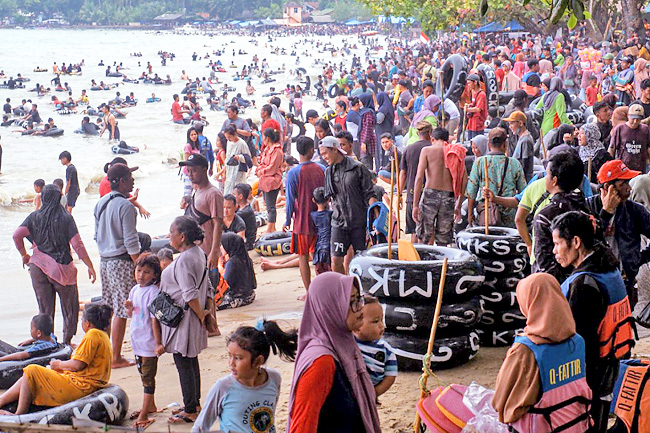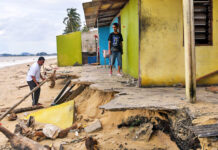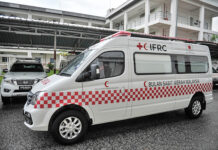ANN/ JAKARTA POST – Indonesian health authorities are bracing for the possibility of another wave of COVID-19 infections following the detection of the country’s first local transmissions of the BA.4 and BA.5 subvariants of Omicron.
The two subvariants are reportedly more highly transmissible than the Omicron variant and have spread to at least a dozen countries, including South Africa, the United Kingdom (UK) and the United States (US).
Indonesia has seen an uptick in COVID-19 cases over the past three weeks, with the weekly caseload doubling from 1,800 cases at the end of May to 3,600 cases this week.
The number of active cases has also more than doubled over the same period, from 2,900 to 6,007 cases.
On Wednesday, the country reported 1,242 new COVID-19 cases, the highest since April.
National COVID-19 spokesperson Wiku Adisasmito said several factors contributed to the recent surge in cases, including increased public mobility, poor discipline in following the health protocols and the spread of new Omicron subvariants.
The government relaxed COVID-19 rules to an unprecedented level following a dip in infections after the Omicron-fuelled third wave in January and February.
In March, the government announced that it would allow people to participate in the Aidilfitri tradition of mudik (exodus) for the first time in two years.

In response, tens of millions of Indonesians travelled across the country to celebrate the holiday in early May.
Last month, President Joko Widodo announced that people were no longer required to wear masks outdoors, and earlier this month, authorities lowered pandemic restrictions in nearly all cities and regencies to level 1, the lowest of the four-tiered public activity restriction (PPKM) system.
It is the first time since the pandemic began that almost all Indonesians have been permitted to go about their lives much as they had before the outbreak, as public spaces, offices and businesses are now allowed to operate at full capacity.
Despite the increase in public mobility and relaxed restrictions, Health Minister Budi Gunadi Sadikin has largely attributed the recent spike in transmissions to the spread of the BA.4 and BA.5 subvariants.
“The subvariants have driven a spike in cases in a lot of countries, so we’re pretty sure that the new subvariants were responsible for the recent increase in our country’s transmissions as well,” Budi said.
The minister predicted that the daily caseload during the peak of the BA.4 and BA.5 wave could reach around 20,000 cases a day, roughly a third of the Omicron wave’s peak of around 60,000 daily cases.
The government, Budi said, advised organisers of large events to make booster shots mandatory for attendees, increased testing, tracing and whole genome sequencing and urged the public to comply with COVID-19 health rules.
As of Thursday, Indonesia had administered 369 million primary COVID-19 vaccine doses to 62 per cent of its population. It is aiming to vaccinate 70 per cent of the country’s population by the end of the month.
Only about 23 per cent of the targetted 208 million people have received booster shots.
The country announced its first confirmed cases of the BA.4 and BA.5 subvariants on June 8.
Three foreigners and one Indonesian attending an international event in Bali had been found to have the illness.
On Monday, the Health Ministry recorded four cases of local transmission of the BA.4 and BA.5 subvariants in Jakarta and Bali, bringing the total number of confirmed cases of the new subvariants to eight.



















































